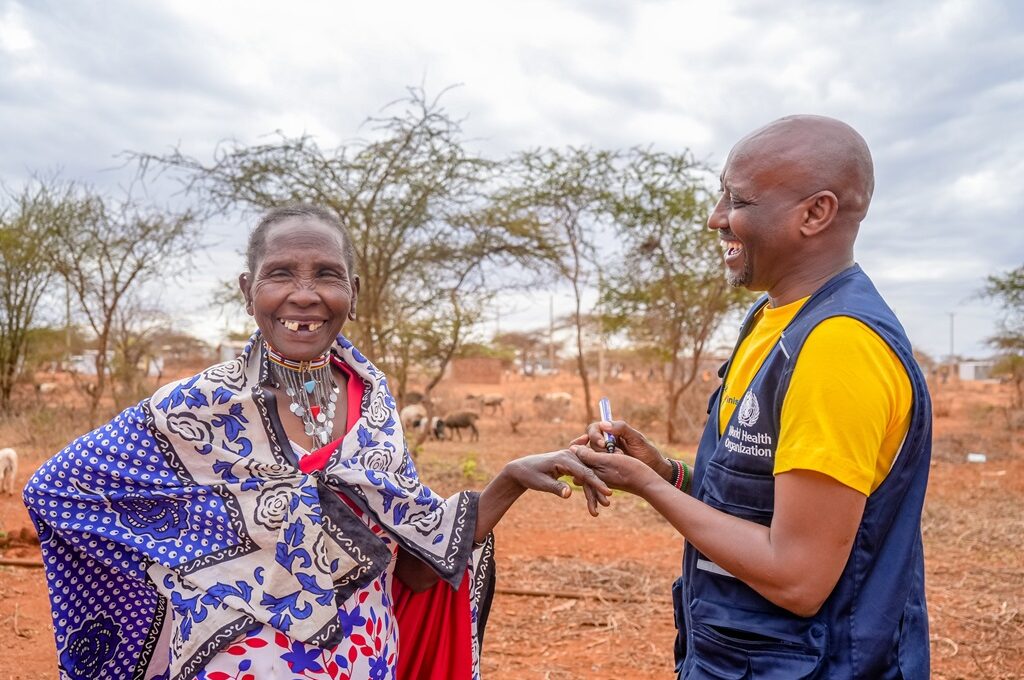
Indigenous Peoples are custodians and practitioners of unique cultures and ways of relating to people and the environment. They possess social, cultural, economic, and political characteristics that are distinct from those of the dominant societies in which they live. Indigenous Peoples constitute over 6 per cent of the world’s population and are spread across all regions. Globally, there is an estimated 476.6 million Indigenous Peoples.
Indigenous Peoples’ concept of health and well-being is holistic and encompasses spiritual, environmental, cultural, and social dimensions in addition to physical and mental health. They view health as both an individual and a collective right, strongly determined by community, land and the natural environment. Indigenous Peoples’ approach to health is a balance of spirituality, traditional medicine, biodiversity and the interconnectedness of all that exists. This leads to an understanding of humanity in a significantly different manner from that of mainstream society.
Indigenous Peoples often face considerable barriers in accessing medical services and suffer from worse health outcomes than non-Indigenous populations. Life expectancy is estimated to be up to 20 years lower and they are more likely to experience disability and reduced quality of life, and ultimately die younger than non-Indigenous peoples. Indigenous mothers and children experience higher rates of mortality and morbidity.
In May 2023, the 76th World Health Assembly adopted Resolution 76.16 on the Health of Indigenous Peoples.
The resolution requests the WHO Director-General to develop a Global Plan of Action for the Health of Indigenous Peoples, in consultation with Member States, Indigenous Peoples, relevant UN and multilateral system agencies, as well as civil society, academia and other stakeholders, in line with WHO’s Framework of Engagement with Non-State Actors, taking a life-course approach, with a particular emphasis on reproductive, maternal and adolescent health, and with a specific focus on those in vulnerable situations, and bearing in mind local context.
The development of the Global Plan of Action is led by the Gender, Rights and Equity department at WHO.
